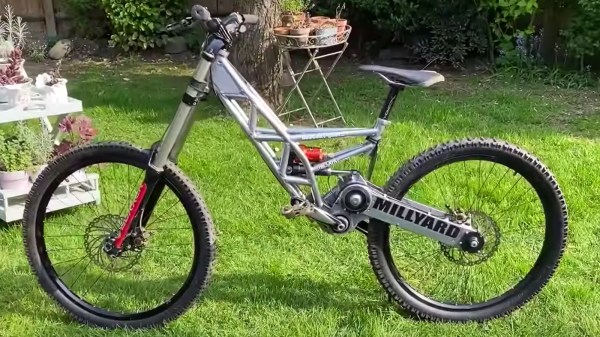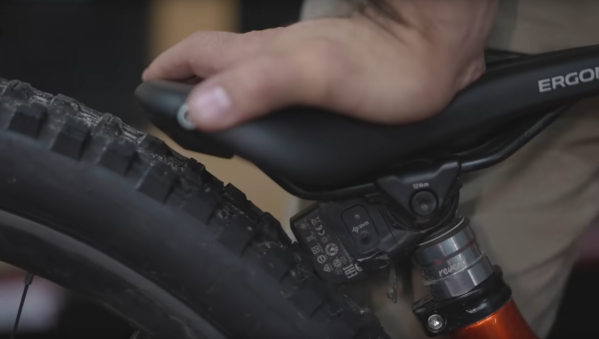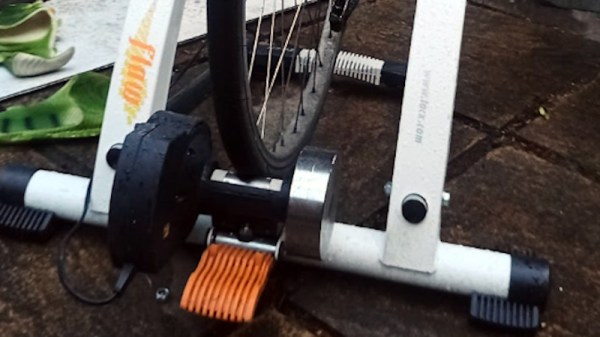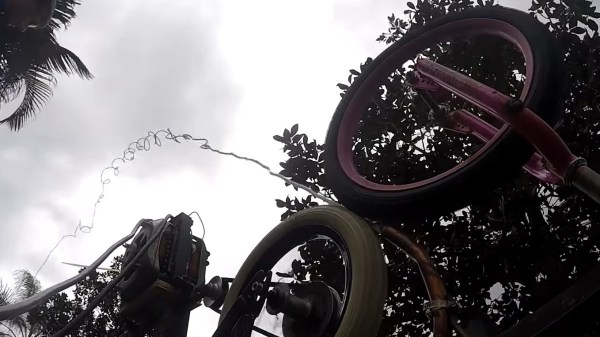What do you get when you throw all accepted bicycle designs out the window and start fresh? Well, it might look a bit like [Saukki’s] velomobile.
Most bikes come in a fairly standard, instantly-recognizable shape which has been popular for over a century now. While it’s a vast improvement over its predecessor, the penny-farthing bicycle, there’s no reason that a bike needs to have this two-triangle frame shape other than that a pretentious bicycle racing standards group says they have to. If you want to throw their completely arbitrary rulebook out of the window, though, you can build much more efficient, faster bikes like recumbents or even full-fairing velomobiles. And if you want to go even faster than that, you can always add a standard ebike motor kit to one.
This is a lot harder than putting a motor on a normal bicycle. Bicycles tend to have standardized parts and sizes, and [Saukki]’s velomobile is far from the standard bike. First, he needed custom mounts for the display and also for the battery, which he needed to make extra wide so its weight wouldn’t rip through the carbon fiber body. The emergency brake lever motor cutoff needed to be dismantled to work with his control system too, and finally the mid-drive motor needed a custom mount as well. It’s a TSDZ2 motor that comes with torque-sensing pedal assist.
The changes didn’t stop there. The velomobile max speed is much higher than a standard bike. This called for some gear ratio changes, in the form of a monster 60-tooth chain ring.
This leads to the one major problem with this build which is that the velomobile can achieve such high speeds on its own that the electric assist cuts out for most of the ride. There is a legal requirement over much of Europe that e-bikes only have pedal assist (without a throttle) and that they stop assisting above a specific speed. But if you want to build an e-bike that pushes the boundary of the law instead of strictly adhering to it, take a look at this one which uses a motor from a washing machine.

















